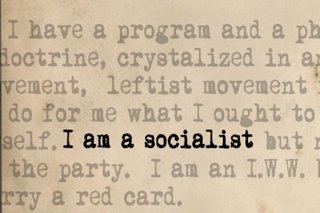
As you can see from the re-named blog we've made a change to the working title of our documentary from "Carl Sandburg: For The People" to "The Day Carl Sandburg Died". At first glance it may seem unusual but many collective heads have been put together to decide that the context of our documentary needed to change. As fascinating and successful as Sandburg's life was, the structure of the film as a largely biographic sketch has not created interest from funders and broadcasters. The reasons behind the perception that Sandburg's story being less interesting than other notable figures is complex, but undeniably real.
Much of our story will not change dramatically, just the context of our storytelling. Our (on-going) research and existing interviews will contribute effectively to this shift, with many others to be added. Below is a new summary of our project. As a primary vehicle for framing the story will be looking at the interesting topic of Sandburg's credibility and reputation, (which for many academics has never been strong) and how it contrasts with his phenomenal popular success.
The Day Carl Sandburg Died.
For popular icons of the twentieth century, death often leads to an elevation of their work to near-mythic levels. But the day Carl Sandburg died, an unexpected and dramatic slide in critical and public appeal began for the "Poet of The People."
During the last fifty years of his life, this poet, journalist, Lincoln biographer and troubadour was revered and praised as the celebrant of the American experience, capturing both its beauty and grit in his poetry and prose. But since his death, in July of 1967, his status has faded. Sandburg's poems, once taught in schools across America, are spotted much less frequently in textbooks and classrooms. His Lincoln biographies are routinely criticized, and even dismissed by present-day scholars. How could a two-time Pulitzer Prize-winner, talk-show favorite and the first private citizen to address a joint session of the U.S. Congress suffer such a blow? Have American literary tastes changed so dramatically, or are there other factors responsible? Was his popularity during his lifetime more a curse than a blessing to his literary legacy?
"The Day Carl Sandburg Died" will explore the life and legacy of an American icon. It is a portrait of Sandburg'’s fascinating journey, his controversial work and its criticism. It will investigate the waxing and waning of his popularity and the unexpected renewed interest in his work in recent years from MacArthur fellows and indie-rock musicians alike. It is a critical exploration of what Americans value in our literary and artistic history and how we remember —or forget those who shaped that history.
Critics, authors, historians, celebrities, folk singers, Sandburg's children and grandchildren, and the poet himself, all weigh in on the worth of his millions of published words and the adventure that was his lifetime.





